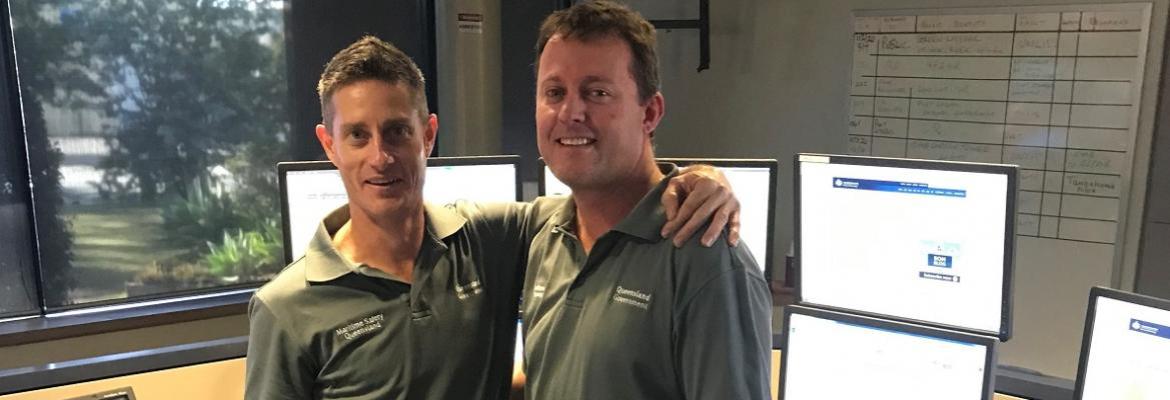Worlds away, bound by the sea
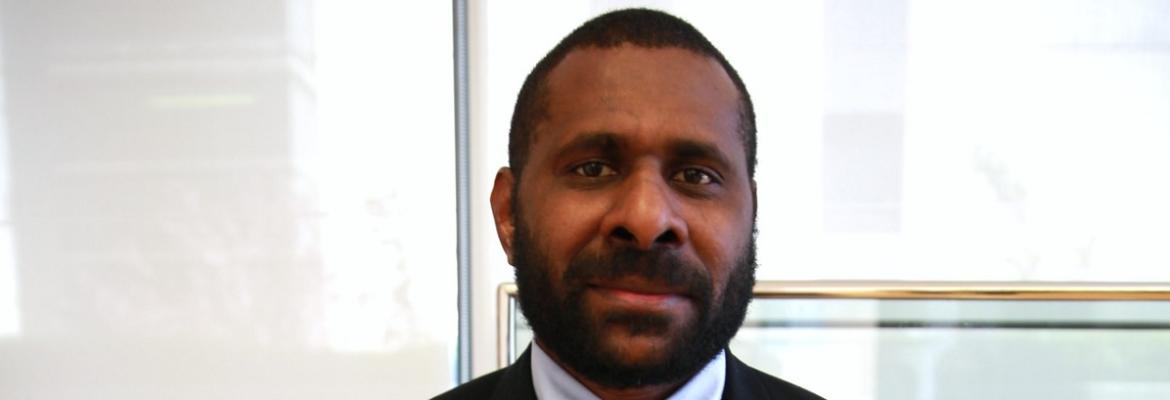
Middleton Kirwasi Gwaday completed a master’s degree at the World Maritime University (WMU) in Sweden and was returning to his home country Papua New Guinea (PNG) after studying for fourteen months in Scandinavia when I met him recently. On the ground floor at the Australian Maritime Safety Authority in Canberra, we shared an insightful conversation on his memorable experience studying abroad.
Middleton’s academic and professional experience are as extensive as the journey is from PNG to Sweden. Formally, Middleton studied electronics and computer science before embarking on a career with the National Maritime Safety Authority (NMSA) PNG where he started in Seafarers Certifications in 2009. He then trained and worked as a Maritime Safety Information Officer in 2012 with NMSA, connecting the dots from his academic studies to the progressive digitisation of maritime search and rescue.
In 2016 he worked as a Search and Rescue Coordinator (SAR) which included extensive and practical training with the Australian Federal Police. This collective experience inspired Middleton to pursue studies at the World Maritime University (WMU) in Sweden in 2018 - the scope for collaboration and cooperation with maritime SAR in PNG and neighbouring countries presented a distinct opportunity for Middleton.
‘I was motivated to study at WMU because of the connection between my studies with information technology and communications and the shifting technology towards digital in the maritime industry,’ Middleton says.
And because of the innovative advancements in maritime technology, Middleton was able to hone his master’s research on how this can be applied back home in PNG, particularly in regards to cooperation between neighbouring countries in search and rescue - his personal area of interest and expertise.
‘I decided to apply my thesis on researching maritime search and rescue services, particularly focused on small vessels in Papua New Guinea,’ he adds.
Middleton highlights the watershed moment for PNG in maritime search and rescue history was when the MV Rabaul Queen Ferry capsized in the Solomon Sea in 2012 where 140 lives were tragically lost at sea. Middleton identifies this incident as an opportunity for PNG to implement a collaborative approach to search and rescue coordination with regional countries to improve maritime standards and regulation. He is specifically interested in implementing an effective regulatory approach through national legislation for small vessels – particularly because of the high incidence of fatalities at sea on banana vessels.
‘There are a number of issues concerned primarily with safety and regulation of banana boats that need to be addressed in order to make it more stringent because currently the maritime law in PNG is relaxed and penalties should apply in order to encourage banana boat operators to comply and ultimately improve safety standards,’ Middleton says.
Australia is pleased to have provided financial support to the WMU to assist with funding 10 fellowships for maritime professionals from the South Pacific region to undertake the WMU’s 14 month Master’s program in Maritime Affairs. Australia remains a strong supporter for the maritime interests of South Pacific nations and AMSA view this contribution as an ideal way to enhance the technical, professional and leadership skills in the region.
Middleton has not only expanded his knowledge and expertise in maritime search and rescue as a result of his studies in Sweden but his rich experience in Sweden has enabled him to question his own pre-conceptions of other cultures. The friends he made in Sweden grew to be like family and provided a solid foundation of support as he engaged in a vastly foreign but fascinating cultural exchange.
And with a master’s degree under his belt, Middleton sights are set on being instrumental in facilitating positive change in PNG, specifically to improve seafarer compliance to maritime regulation to foster a safety culture at sea in PNG. His studies in Sweden have expanded his horizons and paved the way for an exciting career in maritime search and rescue.
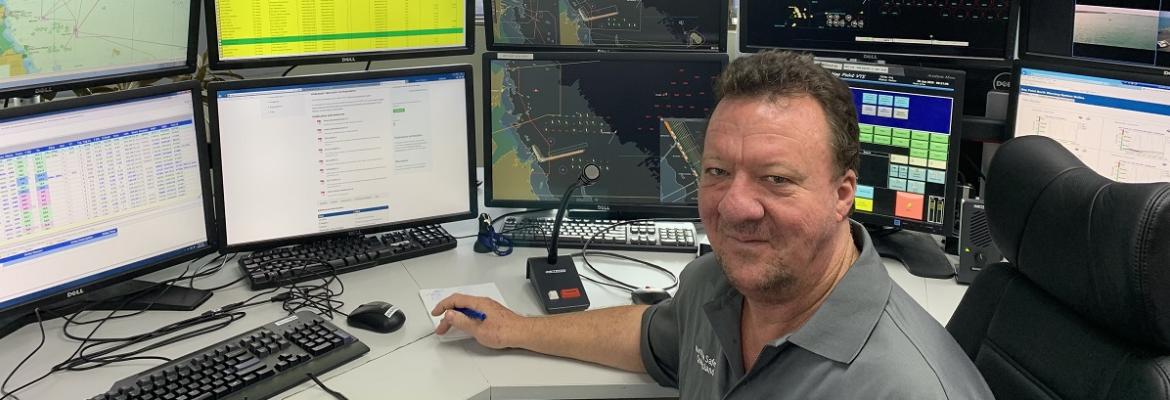
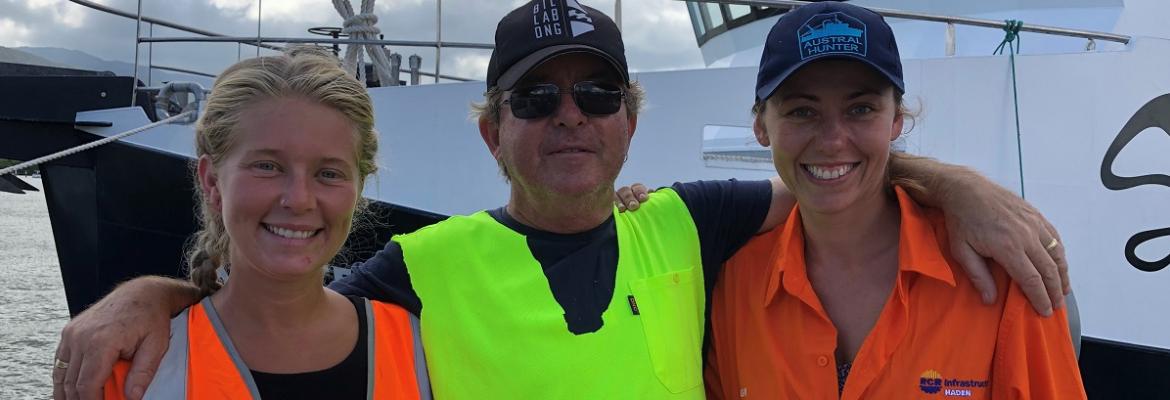
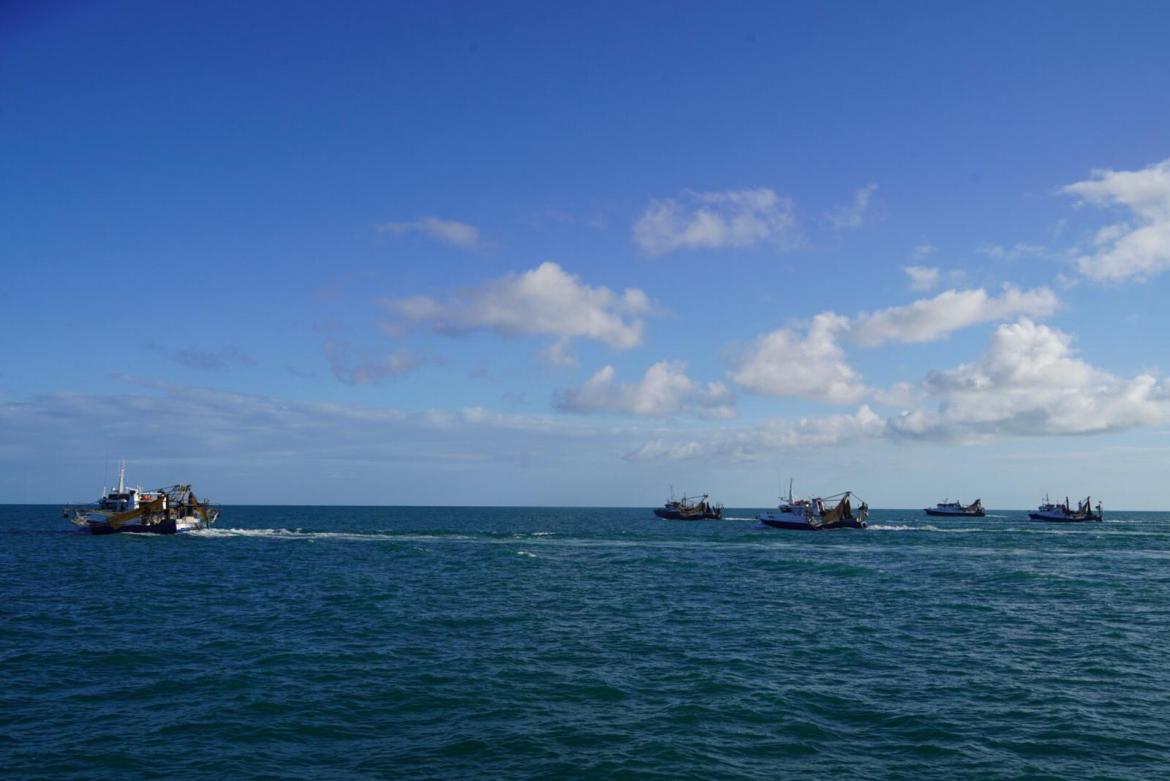
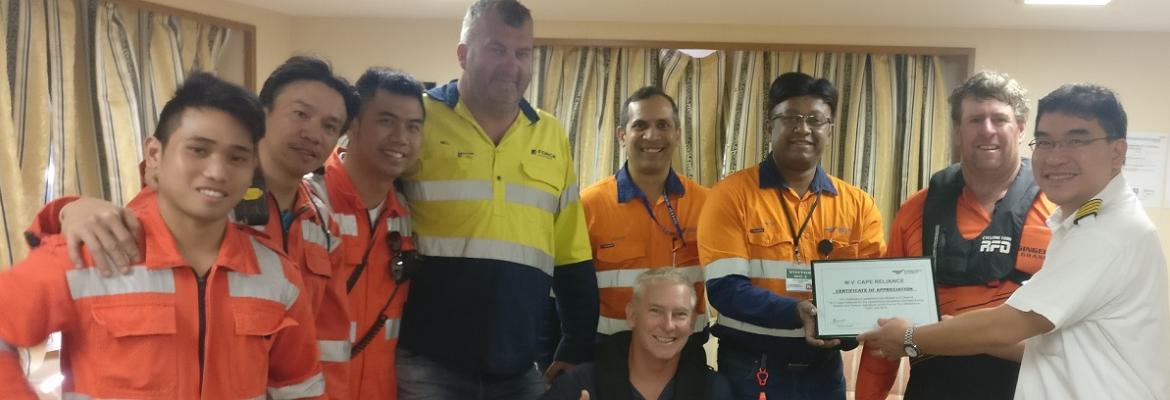
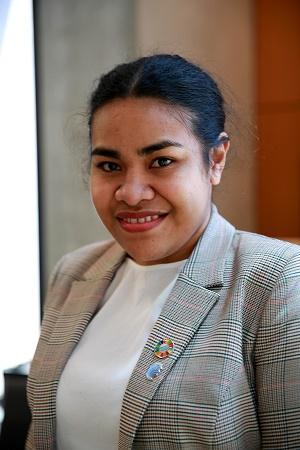
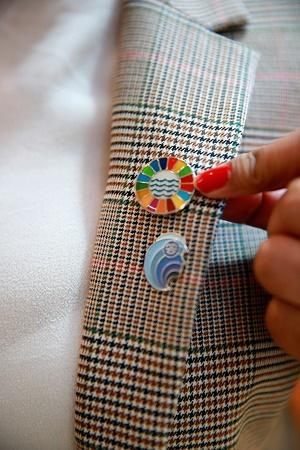
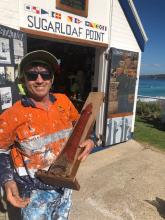 How did you become interested in working with lighthouses?
How did you become interested in working with lighthouses? 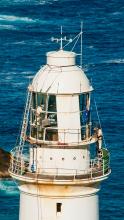
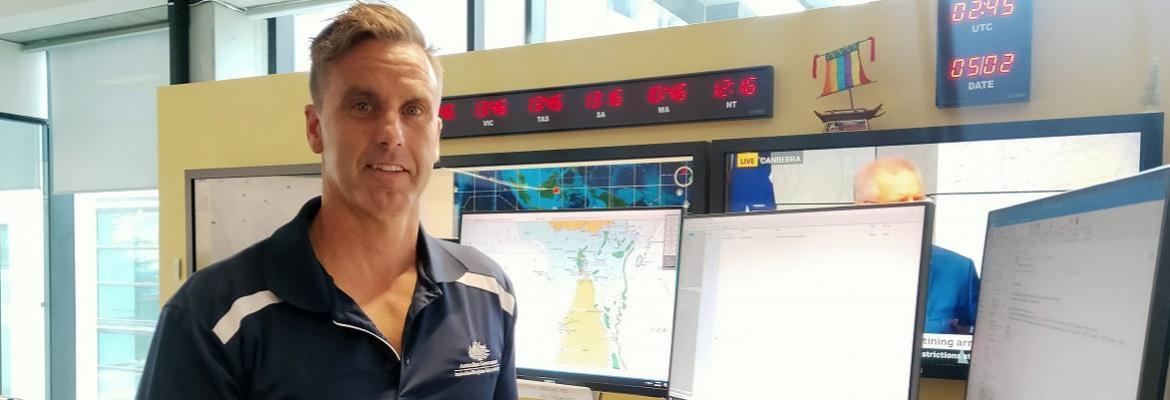
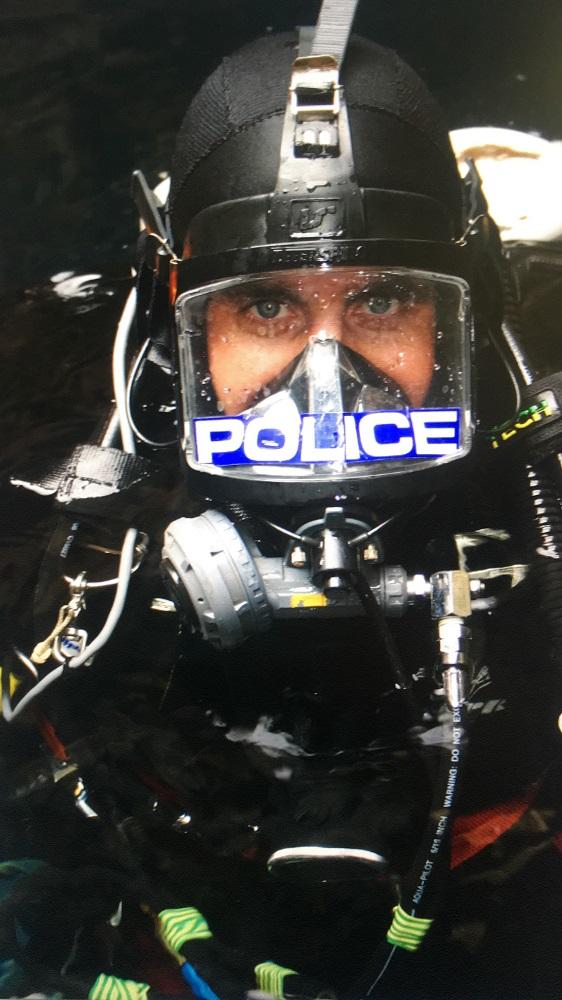
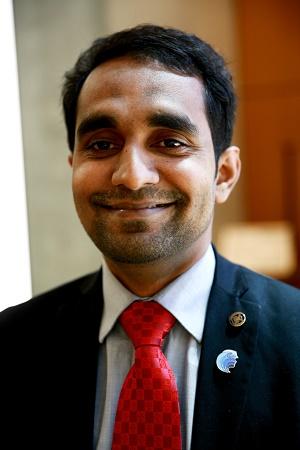 expertise including strategic planning particularly in the area of e-learning education and training.
expertise including strategic planning particularly in the area of e-learning education and training. 